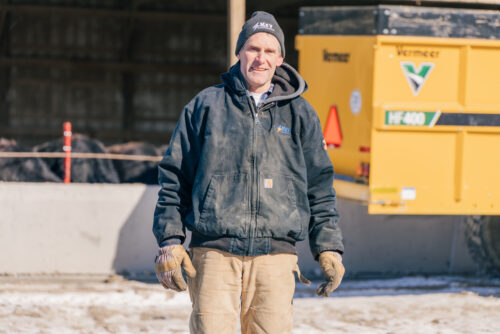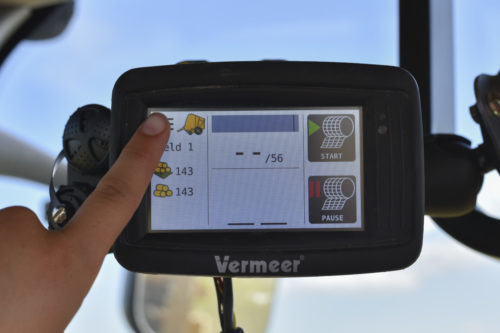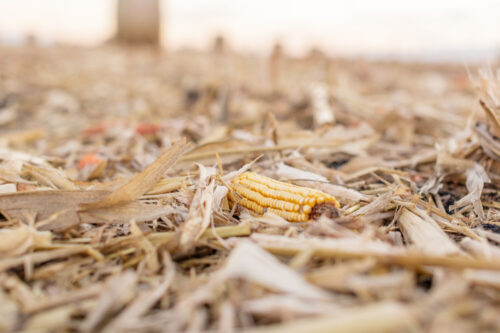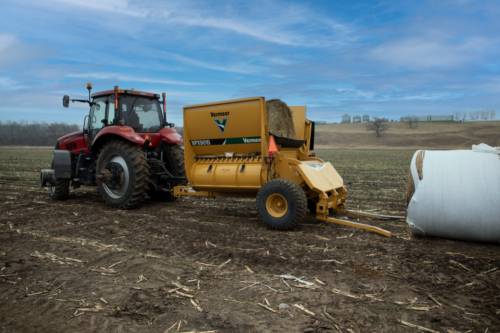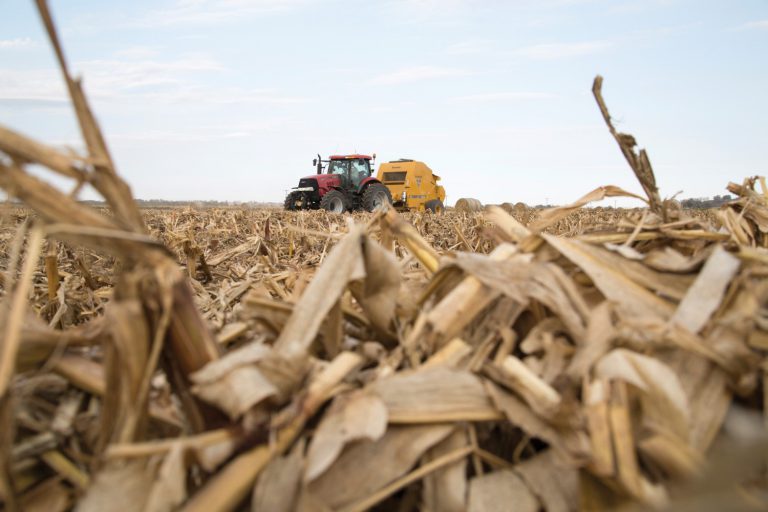
Prepping for Cornstalk Season
August 2021
Hay producers in the Midwest usually have from May to mid-September, giving ample time to put up bales. Cornstalk baling on the other hand, is a whole different animal.
Challenges arise with smaller windows of opportunity (typically 20 to 45 days) in addition to different conditions and materials. It takes a hefty baler and rugged rake with heavy-duty components to withstand the tough conditions paired with tight timeframes of baling cornstalks. So, consider these thoughts when prepping your equipment for cornstalk season this fall:
Schedule a tune up. To prepare for cornstalk season, be sure to take your baler to your local dealer for a pre-season inspection. Having an experienced technician fine tune bearings, rollers, belts, laces and pickup tines to make sure everything’s in optimum condition will give you peace of mind and confidence in the field.
Timing is key. Prepping your machine before the season starts will allow you to be more productive when you’re out in the field, freeing up more time to manage other responsibilities on the farm, such as applying fertilizer, tilling fields and preparing livestock for winter.
Consider your crop. It’s pretty obvious you’re not dealing with the same crop when you bale hay versus cornstalks. Since crop conditions are different, your baler needs to be adjusted to handle it. Refer to the manufacturer’s maintenance instructions or work with your local dealer for the proper adjustment and calibration settings. When using a Vermeer Cornstalk Special baler, make sure hydraulics are properly adjusted to allow the powered windguard to control the crop and move material into the bale chamber with ease.
Adjust your flotation system. When using high-capacity wheel rakes, like the Vermeer VR1428 or VR2040, it’s important to make adjustments to the flotation system. This allows for less wear-and-tear on rake teeth and helps diminish ash content (dirt and rocks) in bales. The same goes for VR carted wheel rakes (VR820/1022/1224) – ash content can be reduced by adjusting ground pressure. These adjustments are important because ash content in bales can cause damage to your bale processor when it’s time to process cornstalk bales for bedding cattle.
Leave some on the field. The Vermeer Service Team recommends leaving at least 30 percent of the stalks on the field when making cornstalk bales. This allows the stover to act as a cover crop, which will diminish soil erosion and provide field health in the following year.


